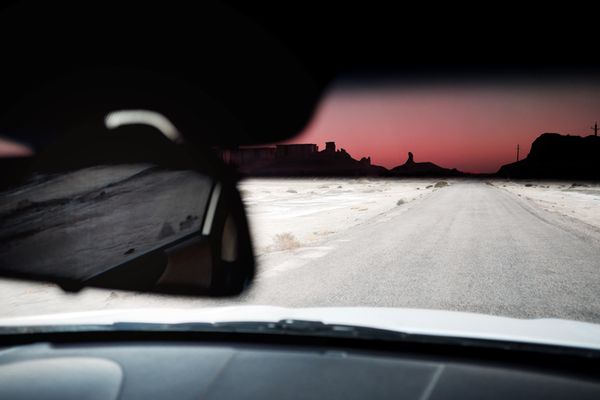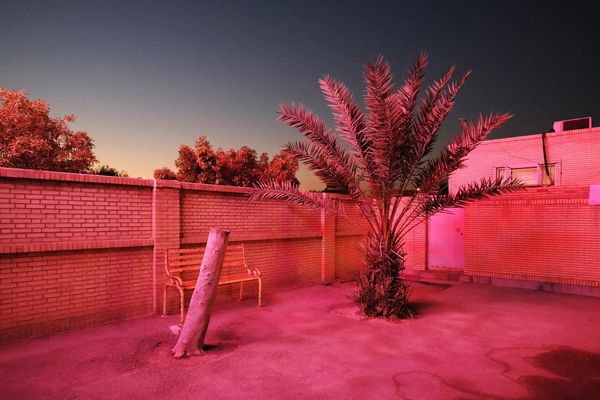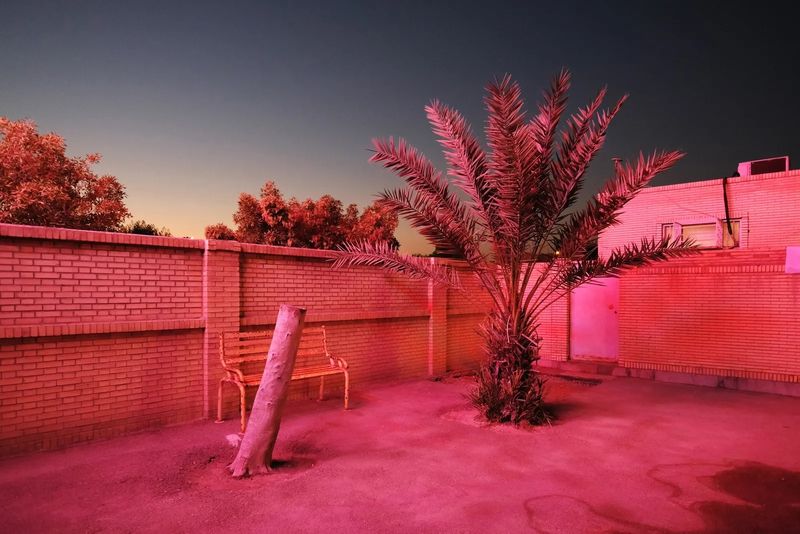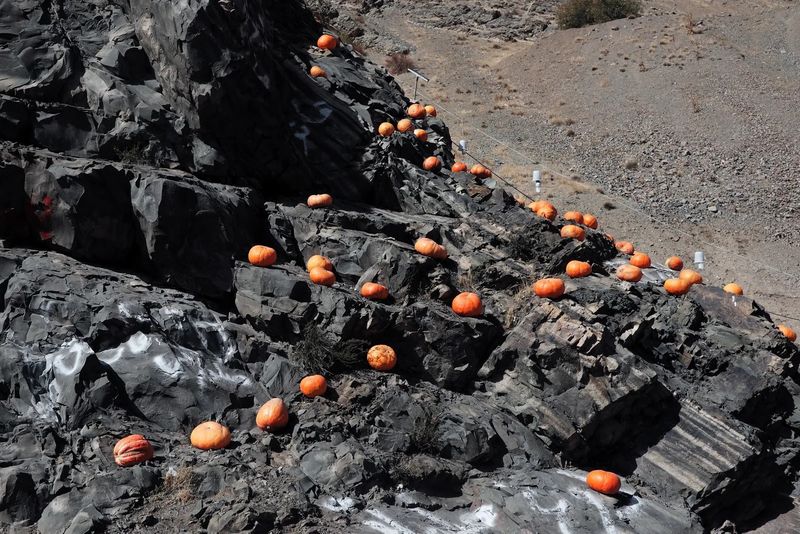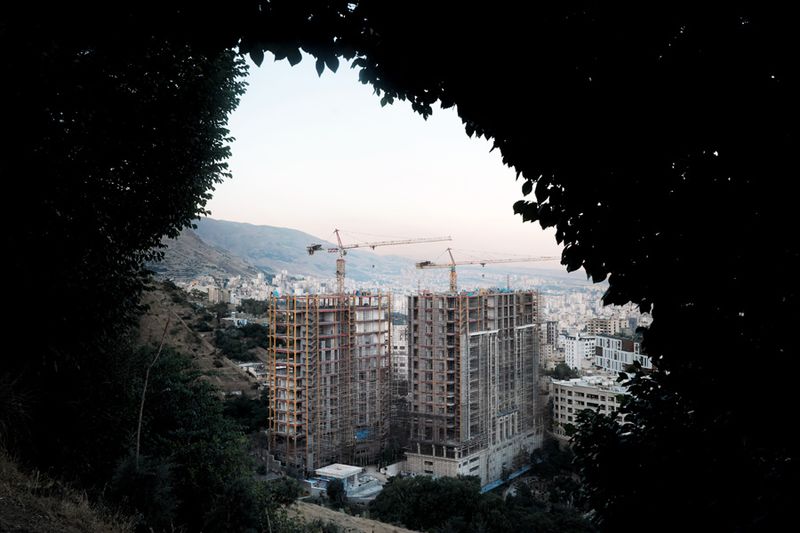A Nuanced Portrait of Iran
-
Published18 May 2021
-
Author
In his series Paradise City, Sebastien Cuvelier draws on the metaphor of Iranian enclosed gardens, named “pardis” – paradise – to explore the dreams of a youth torn by the desire to see their country change.
In his series Paradise City, Sebastien Cuvelier draws on the metaphor of Iranian enclosed gardens, named “pardis” – paradise – to explore the dreams of a youth torn by the desire to see their country change.
"I’ve always been interested in Iran and its history. I was intrigued by the mystery attached to countries that are not very open”, Belgian photographer, Sebastien Cuvelier, says. Then came the trigger: a diary that his uncle had written when going to Persepolis by car in 1971. With a few friends, they had wanted to visit what was at the time considered the Paradise City.
Nearly 40 years later, Cuvelier undertook the same trip – though alone and departing from Tehran. And the Paradise he found was pretty different: it materialized in the shape of a brand new city in the middle of nowhere, by the mountains, in the far suburb of Tehran. The project had been initiated by former president, Mahmoud Ahmadinejad, to unclog the capital and provide housing to a modest income middle class.
Why would they call this city Pardis (Paradise), Cuvelier wondered, while it was the word that ancient Greeks adopted to describe paradise after seeing the beautiful enclosed gardens that Persians named Pardis. “That defined the thread of my work. I started to ask people I met what was their idea of paradise and to take me to places they like. It was a way to reach another aspect of Iran, one that is not visible in the streets”, he explains.
Seeing Iran through the eyes of the youth and their dreams, Cuvelier decided to try and capture it. His images are thus filled with metaphors and a touch of surrealism – palm trees are flashy pink, mountains multicolored, pumpkins seem to grow on hard volcanic rock and flowers, deformed by the folds of the cloth on which they are printed, seem to be crying.
Most images have various layers of meaning, creating a visual poem and teasing at the gap between people’s dream and that of the heads of state. “With photography, I have a frame – a frame that censors, the same way that the government does”, Cuvelier says. On an image, a mosque seems to be on fire, illustrating both the authoritarian trend of religion in Iran and the hope of some of the youth to see religion in ashes. These images hint at a form of oppression, translating the paradox of today’s Iran. “For me Iran is an enclosed garden. It has a paradise-like aspect but remains quite closed”, he adds. With a window or a fence, he shows that there is always a border, be it virtual.
Yet, his point is not to comment on the situation of the country but rather to draw an atemporal portrait of it. “Many of the people I talked to told me about their ancestors and showed me their family albums, which I included in my book”, he explains. These touches of anachronism evoke the trip of his uncle and as well as the life of previous generations of Iranians. “More than accurate images, I wanted each image in the book to be like a piece in a puzzle”, he says. “Especially since Iran seemed to me at the verge of changing, and the situation ephemeral.”
All photos © Sebastien Cuvelier, from the series Paradise City
--------------
Sebastien Cuvelier is a Belgian photographer living and working in Luxembourg. His works explores how humans build and live their dreams, fantasies or hopes in search of a sometimes utopian ideal.
Laurence Cornet is a writer and curator based in Paris focusing on cultural and environmental issues. She is also the editorial director of Dysturb.
--------------
This article is part of our feature series Photo Kernel, which aims to give space to the best contemporary practitioners in our community. The word Kernel means the core, centre, or essence of an object, but it also refers to image processing.
